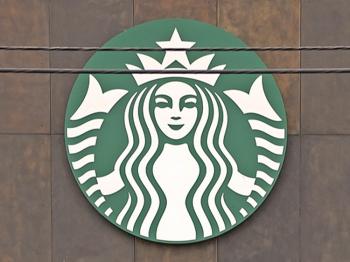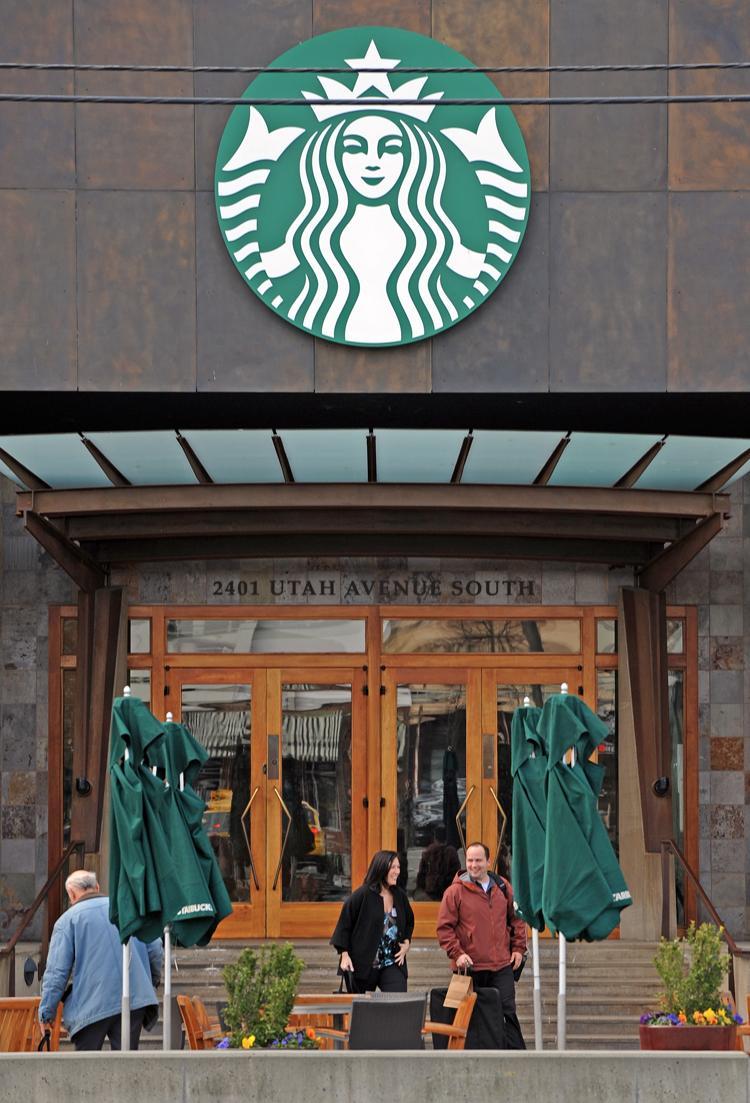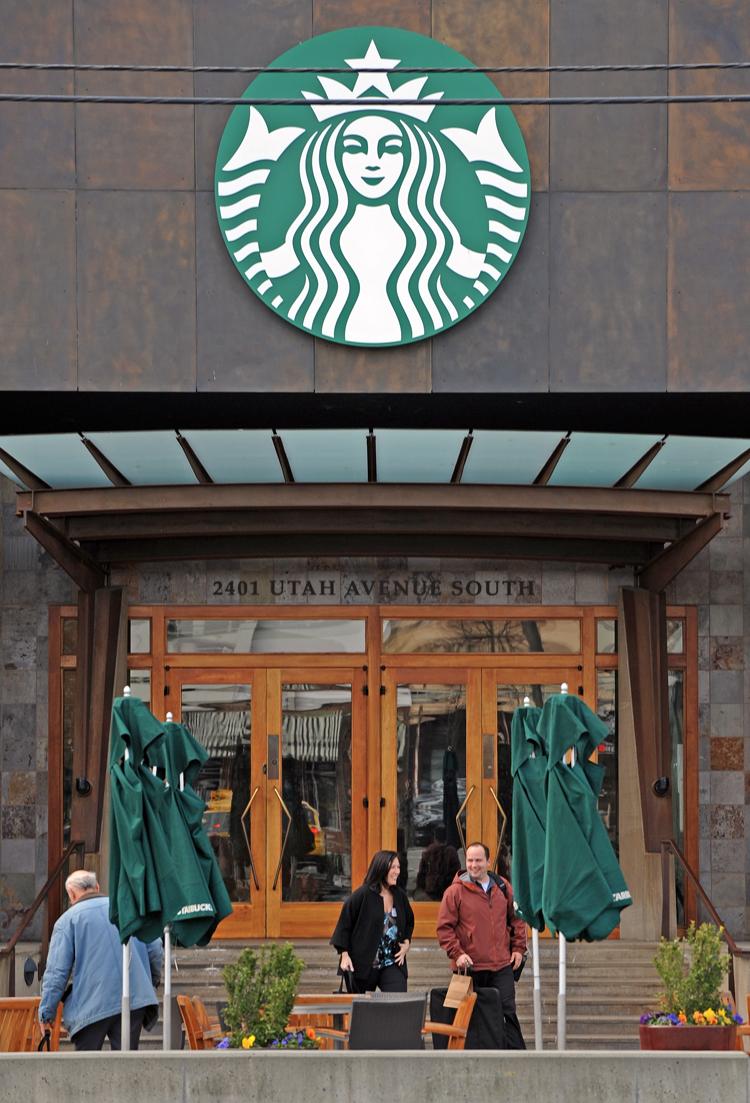The midlife crisis “was first identified by the psychologist Carl Jung and is a normal part of the maturing process. Most people will experience some form of emotional transition during that time of life,” according to the About.com website.
Starbucks has become a household name for many coffee drinkers over the years, whether they drink the brew at home or in one of the many Starbucks coffee shops. Starbucks groupies love the coffee, the atmosphere in the Starbucks shops, and have become addicted to whatever is offered by Starbucks.
“Sheer size and Starbuck’s number of locations has something to do with name recognition and popularity. With over 16,000 shops worldwide, Starbucks is certainly one of the most visible brands in the world,” according to the Food Editorials.com website in an undated article.
Surviving Adversity
“There are limits to growth,” said John Quelch, professor at Harvard Business School, discussing Starbucks in a 2008 article posted on the Harvard Business Review website.
Starbucks grew too fast and went public instead of staying private. “To continue to be a premium-priced brand while trading as a public company is very challenging,” Quelch said.
Within 24 years, Starbucks had grown from a company with only 11 stores and 100 employees to a giant with 17,009 stores. At the beginning of 2011, Starbucks had 11,158 stores in the United States and 5,851 in foreign countries, increasing total stores by 98.5 percent since 2004. Revenue soared from $5.3 billion in 2004 to $10.7 billion in 2010, more than doubling during those five years.
In 2006, before the recession, Starbucks experienced a slump, with customers moving on to competition, such as McDonald’s and Dunkin’ Donuts. At the same time, the company faced internal management problems.
“Starbucks business is highly sensitive to increases and decreases in customer traffic,” said Starbucks in its 2008 annual report.
Starbucks stock offering was at $20.47 in 2007. By the end of 2008, the stock price had dropped to $9.44. Highlighting the staying power of Starbucks, by April 2011, the stock price had increased to $36.73, a more than 285 percent increase over the 2008 stock price.
The drop in the company’s 2008 stock price of close to 54 percent resulted in the closure of around 600 U.S. stores and 61 Australian stores, according to the 2008 annual report. At the same time, about 1,000 positions were eliminated or not filled.
To justify its actions, Starbucks stated in its 2008 annual report that it “continued to experience declining comparable store sales in its US stores, primarily due to lower customer traffic. ... The impact of this decline on the Company’s financial results for fiscal 2008 was significant.”
NEXT: Hidden Face of Starbucks
Hidden Face of Starbucks
Over the years, Starbucks has been vilified by many for unfair competitive behavior.
The company has been “criticized for overexpansion, unfair labor practices, anti-competitive business strategies, anti-environmental decisions and more,” according to an article on the ethical leader blog.
Starbucks has contributed to the demise of many small-town mom and pop cafes with its aggressive anti-competitive behavior, according to a 2009 entry on the autonomie project website.
Starbucks had become very adept in driving out coffeehouse competition without getting its fingers openly dirty or spending funds to acquire the competitor.
“Starbucks doesn’t typically buy out businesses. What they do is go to the landlord, and the landlord puts pressure on the tenant to either get out or say that when your lease comes up, we’re not going to renew it. Or we’re going to jack up your rent so high that you can’t afford to pay it,” said Frank Bardachino, a man who lost a thriving business because Starbucks was interested in the location, in an article on the Silicon Valley-based metroactive website.
Starbucks has been known to use the abovementioned tactic as far back as 1993, according to the metroactive article.
“Starbucks has been doing this on every street corner. They are the most ruthless site locators you can imagine,” said another former coffeehouse owner in the metroactive article.
Jeff Kallis, professor at San Jose State University, suggested in the article that what Starbucks is doing may not be unethical. He also suggested that it is not really known if Starbucks was the force behind the leasing negotiations. But, according to the article, history suggests that on many occasions, an independent coffeehouse moved out and soon after a Starbucks moved in.
Checking the “the 2002-2003 directory [Silicon Valley Yellow Pages], Metro counted roughly 20 Starbucks stores and 40 independents listed under coffeehouses. In the 2004-2005 book, the numbers were reversed, with more than 40 Starbucks and about 25 independents,” according to the metroactive article.
Legal Maneuvering
As of March 1, Starbucks canceled its licensing agreement with Kraft Foods Global Inc., claiming that Kraft, which sells Starbucks products in the United States, and in Canadian and certain European grocery stores and warehouse clubs, was in violation of its agreement.
The dispute was brought before binding arbitration, with Kraft rejecting the claim made by Starbucks, and demanding compensation if Starbucks terminates the arrangement as agreed upon.
Legal maneuvering is going on by both sides through continued arbitration and court filings, with Starbucks claiming that it has evidence that Kraft violated the agreement, and it therefore is under no obligation to recompense Kraft for the loss of the licensing.
It is not certain if the legal outcome will go against Starbucks or Kraft and what the cost would be to Starbucks if it is the loser.
However, “there exists the possibility of material adverse outcomes to Starbucks under the arbitration. At this time the Company is unable to estimate the range of possible outcomes with respect to this matter,” according to an entry in the Starbucks 2011 quarterly submission to the Security and Exchange Commission.






